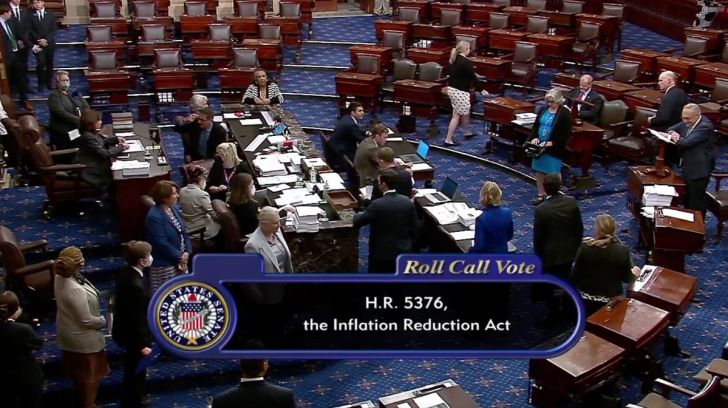Good Morning Everyone,
The process of phase transitions, that is transitioning from one state to another, is interesting to think about, particularly in respect to money - and bitcoin.
Water is one of the best examples. it can exist in four distinct phases, or states.
Solid ←→ Liquid ←→ Gas ←→ Plasma
Money has undergone many phase transitions over time, from animals and produce, to shells and physical objects, to metals, coins and various commodities like gold and silver, to paper fiat money and most recently in the context of history to ones and zeros on private databases.
The worlds reserve currency, the US Dollar, has also undergone multiple phase transitions.
From physical gold coins (One dollar = 371.25 grains of pure silver = 24 grains of gold), to Paper Certificates backed by gold, to paper backed by nothing.
The phase transitions in respect to money seem very clearly defined. The form from say a gold coin, to a gold certificate cannot be confused. But if you think about how the transition will have actually taken place, it would have seemed a little more gradual.
There would have been a period of time where both are still accepted as one is being ‘phased out’ and as the newer form gains acceptance, is widely circulated and the new norm is established and the final transition is complete.
Thinking about water transitioning from liquid to solid; when precisely does it stop being liquid and become ice? Is it when it is 30% frozen? 50% ? 80% ?
Obviously at the completion of the transition it is clearly solid and is unmistakably ice, but there is a period during this transition between liquid and solid states, where it is some of both states in varying degrees.
Applying this lens to the transition that is underway in relation to bitcoin helps to provide some valuable clarity, as it can be difficult to discern where we are when we are in-between a phase transition, and are neither liquid or solid, rather some variation of both.
People often comment about mass adoption of bitcoin, and for it to be ‘successful’, mass adoption is needed, but what is not well understood is that for bitcoin to become widely accepted as the best form of money, it does not require 100% of people to adopt it, to believe it, to own bitcoin or utilise the network. Infact there will be a descent slice of the population that will not want anything to do with it until there is literally no longer an option. That cohort of people are known as the laggards.
The law of diffusion of innovation separates the population into 5 categories as outlined in the image below.
I’ve attached a short clip where Simon Sinek does an awesome job explaining this, and why it’s such a powerful concept to understand.
As he explains:
“ if you want mass-market success, or mass-market acceptance of an idea, you cannot have it until you achieve this tipping point between 15 and 18% market penetration; and then the system tips.”
Willy Woo estimated the number of Bitcoin network users to be around 135m. I’ve seen other estimates around 200m. Either way, this is a tiny fraction of a 7b+ human population. At 135m it’s around 1.75%.
Using the law of diffusion of innovation as a guide, it seems likely that we are passed the initial phase where the innovators adopt the technology and are somewhere in the early adopters phase, although i’m just speculating. From network user estimates it seems clear we have not yet reached adoption from the early majority, but this seems inevitable at this point, given the amount of legacy institutions that have announced various bitcoin product launches forthcoming for their clients.
The bottom line is, if we are in the midst of a monetary phase transition, and i believe we are, we are much closer to the beginning of the transition, than the end. 16% of the population will wait until the water has completely frozen to announce it is now ice. By which time the majority of the population have transitioned, and the opportunity to benefit disproportionately has been and gone.
As with the internet in the 90s, social networks were inconceivable due to the small number of network users. It was not until the network effect had taken hold, and a critical mass of people adopted the technology, that the use case of social networks became a possibility. In the very same way, it is inconceivable to imagine all the ways in which this transition will transform society and the ways in which we operate as a result.
All i’m confident of, is that it’s early days, and the tipping point is yet to come.
I expect that the move from early adopters to early majority will be absolutely breathtaking.
Hope you have a great day and I’ll speak to everyone tomorrow.
AK

















Share this post